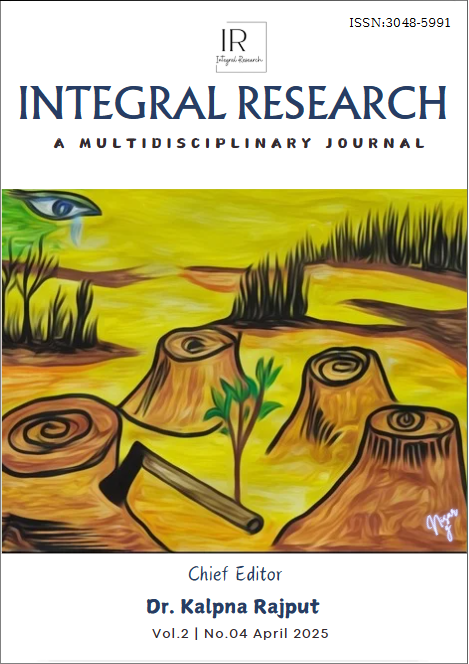A Comparative Study of Asexual Dialectics in the Selected Nigerian Feminist Play-texts
Main Article Content
Abstract
This paper explores asexuality as the intersection between lack of sexual feelings, lack of enjoyment during sexual activity, and lack of emotional connections, investigating how individuals experience and interpret the world. It challenges traditional understandings of sexuality and relationships, suggesting new ways of thinking about identity, desire, and intimacy. Specifically, the paper examines asexual dialectics in selected plays by Irene Isoken Agunloye and Stella ‘Dia Oyedepo, focusing on power dynamics, oppression, personal resolution, identity, and representation. Using content analysis and Jacques Derrida’s deconstruction theory, the study analyses language and interpretative complexities within the plays. The findings reveal that paradoxes surrounding asexuality and sexuality stem from preconceived gender norms. While these conceptions may not be universally accepted, the study contends that they are worth depicting as they evolve. The plays, Sweet Revenge and Wife’s Fury feature asexual protagonists like Sota, Aisosa, Alero, and Sebi, who reject traditional romantic and sexual norms. These narratives broaden our understanding of gender and sexuality while challenging binaries and hierarchies such as Western cultural superiority over African traditions, and male dominance over women, alongside the counter-performative roles assumed by the latter. The paper concludes that asexual orientation, whether longstanding or newly evolving, reflects human diversity beyond gender or social identity. It recommends rethinking assumptions about asexuality, gender, and sexuality to open up alternative forms of human connection beyond conventional models.
Downloads
Article Details
Section

This work is licensed under a Creative Commons Attribution-NonCommercial 4.0 International License.

